Kusunoki Masashige, the Ideal Samurai
Some of the most famous warriors from Osaka, are without question Toyotomi Hideyoshi or Sanada Yukimura. However, most people outside of Japan have likely never heard of the infamous Kusunoki Masashige [楠木正成]. Born and bred in Osaka, Masashige devoted himself to Emperor Go-daigo and eventually died for the emperor in battle. Today, many remember him as “the model samurai”.
A Man Named Kusunoki Masashige
When Kusonoki Masashige was born, society was already in chaos. Samurai throughout the country were dissatisfied with the Kamakura government for failing to reward them after they fought the Mongolians. As a result, many samurai were very poor.
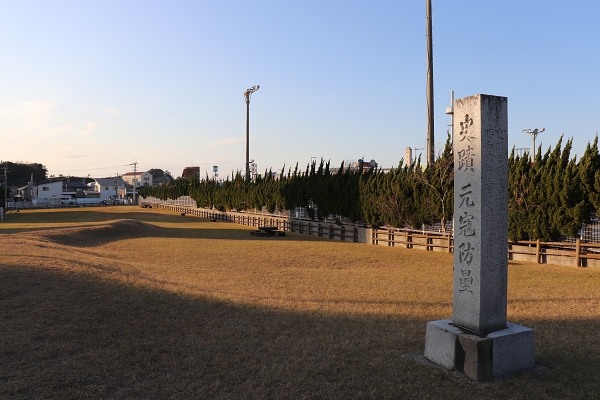
Because of this new poverty amongst the bushi clans, the government issued a special law to pardon their debts. However, despite this law, the samurai continued to struggle. In the Kansai reigon, where Kamakura government’s power was rather weak, and these samurai bound together to form a special group, the akuto, that didn’t belong to the Kamakura government.
As an adult, Kusunoki Masashige was also a member of the akuto, but little is known about his childhood. Some of the few facts that are certain is that he was from Osaka’s Kawachi region, where he enjoyed a lot of popularity and eventually became a member of the akuto.
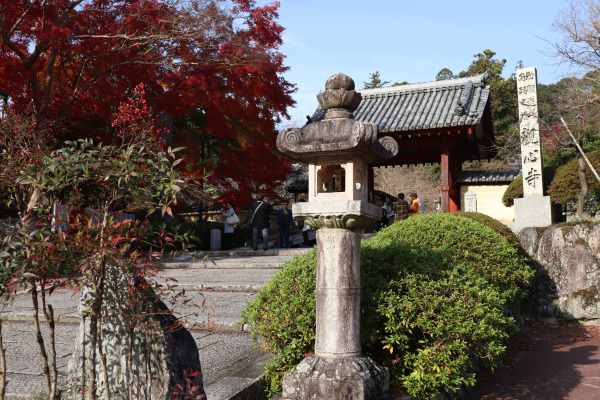
Emperor Go-daigo’s War
In 1331, Emperor Go-daigo fled to Mt. Kasagi in south Kyoto after his plot to destroy the Kamakura government leaked. There, he declared the war against government. Kusunoki Masashige became one of the first to pledge loyalty to Emperor Go-daigo, as he was also dissatisfied with Kamakura government.
Though Masashige knew how strong the forces of the Kamakura government were, he was also sure he could win against them if he used his brain.
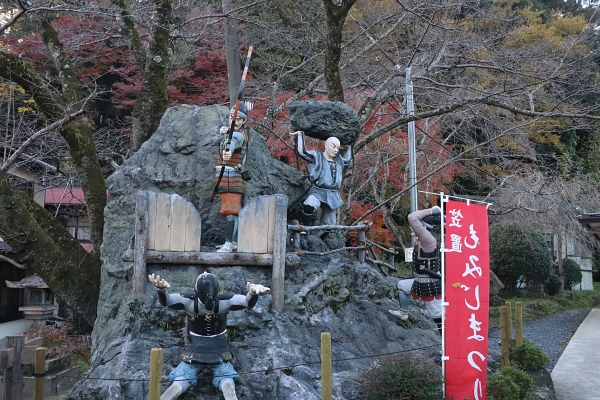
Masashige’s Battle at Kawachi
Masashige went back to Kawachi, where he built a very simple castle on the top of the mountain, and declared war against Kamakura government. The Kamakura government thought they could finish this little rebellion in a few short hours.
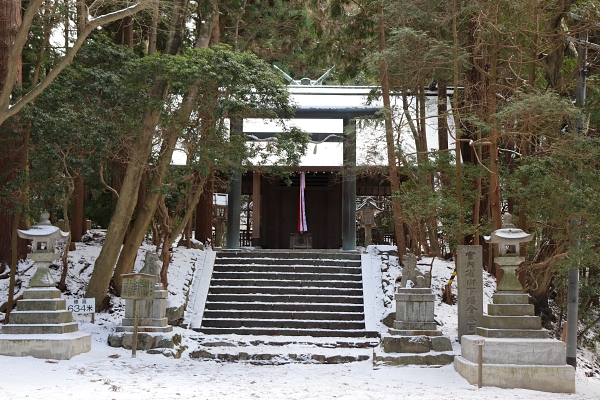
However, it turned out to be not that easy to defeat Masashige, whose battle tactics was rather unconventional. Masashige’s army didn’t wear nice armor or swords. Instead, they threw stones and poured boiling water at the people who tried to climb up the castle.
Though his strategy was going according to plan, when Masashige heard about Emperor Go-daigo’s arrest, he burnt down his castle and ran way, pretending he and his men committed suicide in the fire.
Defeat of the Kamakura Government
Masashige didn’t give up. During Go-daigo’s banishment to Oki Island, Masashige and his men took up arms once again in Kawachi in Osaka, along with another 1,000 local people. Scoffing at these silly farmers with their pick axes, the Kamakura government sent 300,000 troops (or maybe 10,000) to suppress them.
This time, the government decided to use starvation tactics believing that once they cut off the Masashige’s provisions route, they would eventually give up and surrender. However, here again Masashige had a clever plan. He had already made a secret path to supply food and other essentials for himself and his forces. Well-fed and accustomed to the environment, Masashige and his men drug out the fight for more than 100 days. As a result, it was not Masashige, but the troops from the Kamakura government who starved.

This defeat let down many samurai in the Kamakura government. When Go-daido heard about Masashige’s victory, he escaped from Oki and declared war against Kamakura government. This time, largely due to many powerful samurai joining his cause, Emperor Go-daigo finally toppled the Kamakura government.
Go-daigo’s Government
After Go-daigo opened his own government in Kyoto, he gave vast gifts of land, not to the samurai who helped him win his wars, but other aristocrats and blue bloods, like himself. Once again, the samurai were shortchanged despite their hard work and bloodshed.
If Go-daigo didn’t show support for the samurai, they had no reason to continue to follow him. Ashikaga Takauji, who greatly aided Go-daigo’s efforts to destroy the Kamakura government, betrayed Go-daigo and opened his own government in Kanto.
Of course, Go-daigo became enraged and ordered the death of Ashikaga Takauji. Thanks to Kusunoki Masashige and many other talented samurai, stole Ashikaga Takauji away safely to Kyushu.
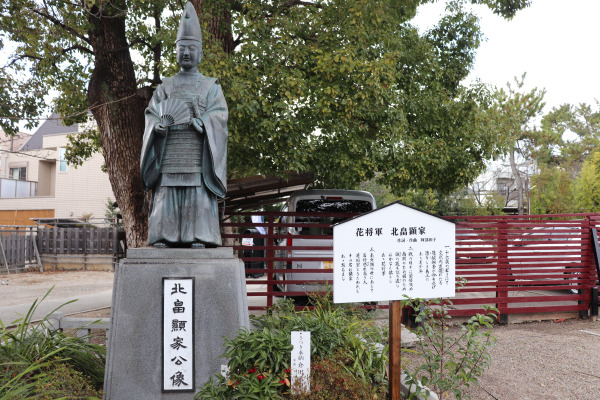
Takauji didn’t give up either. In Kyushu he made allies, gathered his forces, and actually managed to come back to Kyoto with them. Masashige, the only one who truly understood how strong Ashikaga Takuji was, encouraged emperor to make treaty with him, but Go-daigo refused.
Masashige then suggested that he battle Ashikaga’s forces to create a distraction while Go-daigo escape, but Go-daigo refused this plan too. In the end, Masashige decided to fight against Ashikaga Takauji on his own anyway.
Kusunoki Masashige Farewell in Sakurai
When Masashige fought against the Kamakura government, many people supported him. Unfortunately, this time, nobody came to his aid. He knew he was going to lose. On the way to battle, he took a little break on the border of Kyoto and Osaka. There he told his son to go back to Kawachi by himself. To quote, Taiheiki, Kusunoki Masashige said the following to his son:
『今生にて汝が顔を見ん事これを限りと思ふなり。正成すでに討ち死にすと聞きなば、天下は必ず将軍の代になりぬと心得べし。しかりといへども、一旦の身命を助からん為に、多年の忠烈を失ひて、降人に出づる事あるべからず』
“This is the last time I will see your face. If you hear [I] was killed, Ashikaga will surely take over the government. However, in order to survive, do not forgo allegiance to the emperor and do not surrender to Ashikaga.”
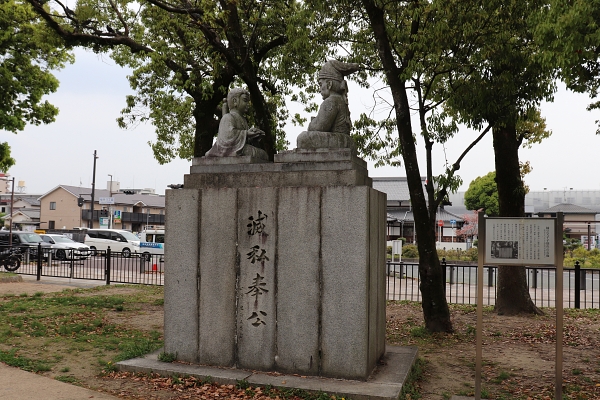
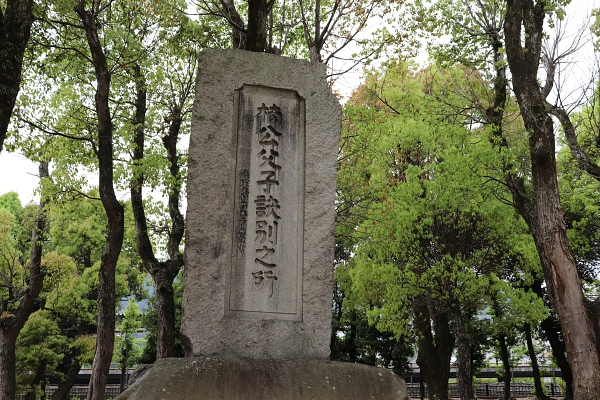
After Masashige left, he went to Minatogawa in Kobe with his brother Masasue to fight against Ashikaga. Masashige only had a slim 800 troops while Takauji numbers were around 200,000. Gradually Masashige’s army dwindled and when he only 70 some men left, Masahige realized he’d lost. He hid in a house and swore with his brother to “revive as human again to fight against imperial enemy and to contribute the county”, he committed seppuku with his brother and died in 1336.

The Legacy of Kusunoki Masashige
Masashige’s name role in Japanese history only lasted from 1331-1336. However, he remains one the most popular samurai in Osaka because of his devotion to Emperor Go-daigo. In fact Masashige’s loyalty likely impressed Ashikaga Takauji very much as he politely sent Masashige’s body back to his birthplace, Kawachi.
Today, Masashige rests in peace in the corner of Kanshin-ji in Kawachinagano City.
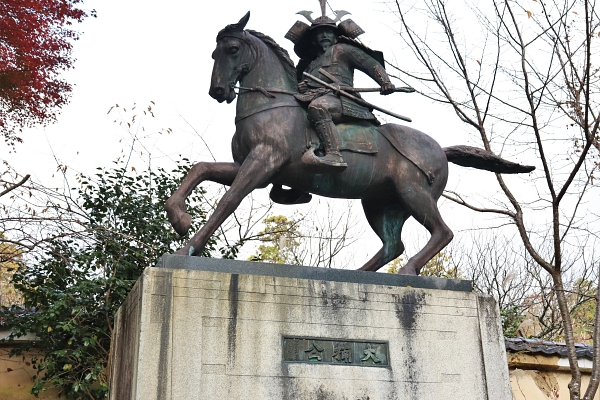


Leave a Reply